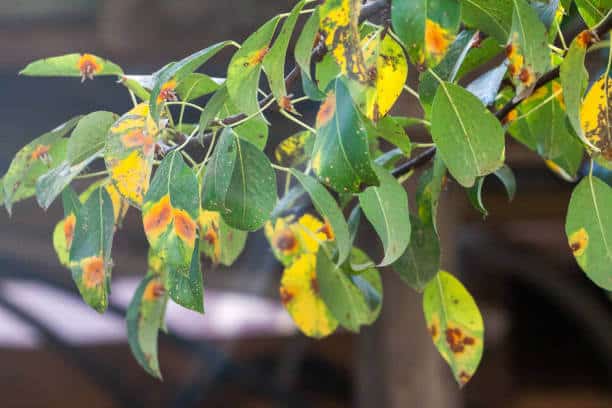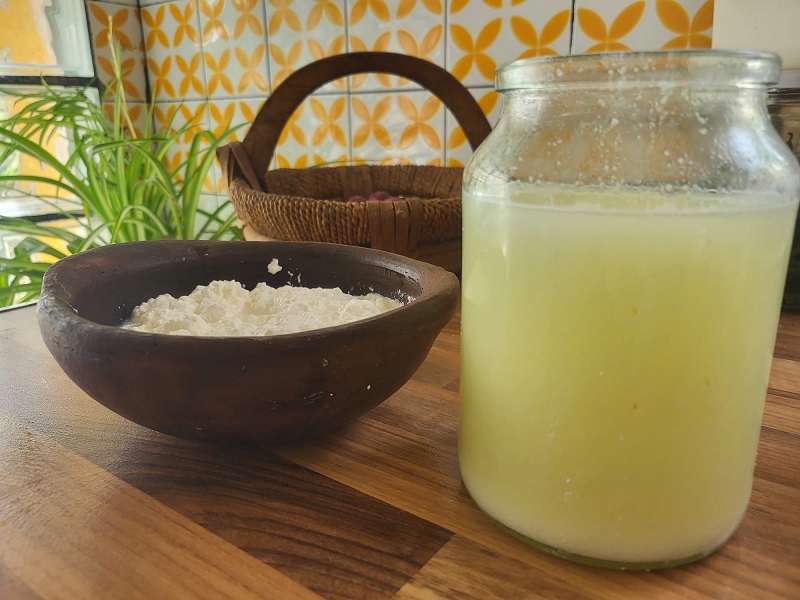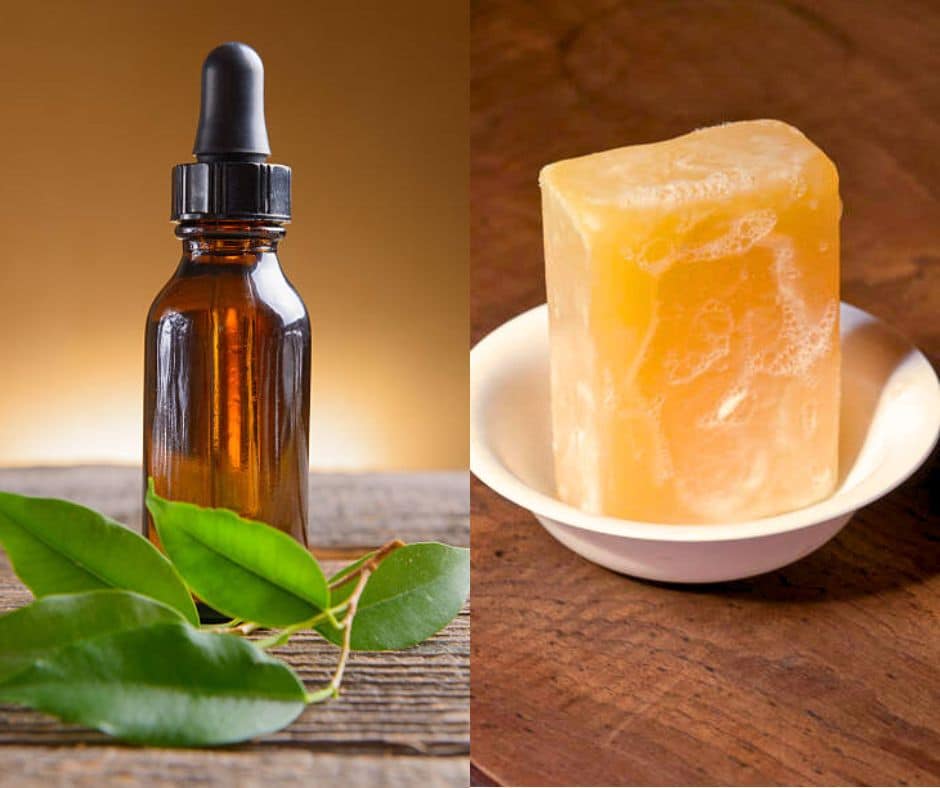Rust(Puccinia graminis) is one of the most common and underestimated enemies in our orchards and gardens. This pathogen is easily recognizable thanks to its yellow, orange or reddish spots that appear on the leaves of our plants.
This fungus can spread rapidly if not detected in time, weakening our plants and reducing their ability to grow and produce fruit. Although it often goes unnoticed in its early stages, acting quickly and with knowledge will be our ally to have a healthy crop or a sick plant. Stay and learn more about how to detect and combat it!
How to identify rust?
One of the most notorious characteristics of this fungus is the appearance of small yellow, orange or brownish colored postioles on the lower part of the leaves. These are the spores of the fungus, and as the disease progresses, they cover large areas of our plants.
Other symptoms to be taken into account when identifying this disease are the appearance of rounded and irregular spots of warm colors on the leaves, the presence of rust-colored dust when touching these spots and, in advanced stages, premature leaf drop and general weakening of the plant.
In addition to recognizing its visual symptoms, it is important to understand under what conditions it thrives. Rust thrives in humid environments and mild temperatures, which makes it a frequent visitor during spring and autumn. Therefore, in these seasons it is especially important to be on the lookout for any signs on the leaves, as conditions are ideal for its appearance and spread.
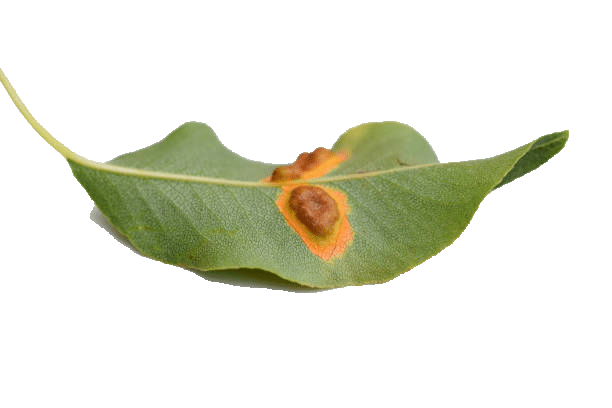
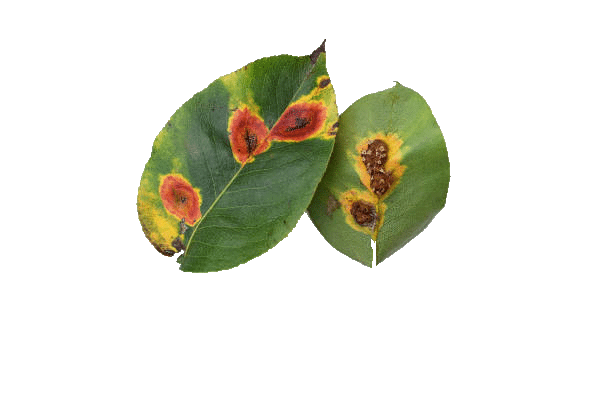
What causes rust on our plants?
Rust is caused by several types of fungi of the order Pucciniales, which affect a wide variety of plants, from trees and agricultural crops to ornamental and wild plants.
These fungi are spread by microscopic spores that travel through the air or water and find the perfect place to germinate on wet leaves. Once established on the plant, the spores penetrate plant tissues and begin to develop, forming visible pustules and feeding on nutrients. This process weakens the plant, reducing its photosynthetic capacity, affecting its growth and, in severe cases, compromising its survival.
Factors such as excessive watering, lack of ventilation between plants, or the use of sprinkler irrigation systems create an ideal environment for rust to develop and spread rapidly.
When plants are too close together, air circulates with difficulty, preventing moisture from evaporating efficiently. This moist, stagnant environment becomes the perfect breeding ground for fungi. In addition, the presence of decaying plant debris or organic matter accumulated at the base of plants can retain even more moisture, fueling the cycle of infection. Together, all these elements create a microclimate conducive for spores to germinate, infect the leaves and give rise to the characteristic symptoms of rust.
How to prevent this fungus?
Preventing the appearance of rust is much easier, and less costly, than treating it once it has settled on our plants. To do this, it is essential to create an environment in which the fungus cannot thrive. Here are some tips to reduce the chances of infection:
- It favors ventilation: Avoid planting too close together, a good space between crops allows good air circulation, which will help keep the leaves dry and therefore hinder the development of fungi.
- Control irrigation: water the base of your plants directly, avoiding wetting the leaves. Drip irrigation is a very good option to maintain a controlled humidity without creating a favorable environment for the fungus.
- Choose well when to water: Taking advantage of the first hours of the morning is the perfect time, because if any leaf accidentally gets wet it will have enough time to dry out during the day. In this way we will not create humid environments where it can develop.
- Keep the orchard clean: Remove fallen leaves, remains of previous harvests or dead plants, as they can harbor fungus spores and facilitate new shoots.
- Monitor environmental conditions: During wetter times, such as spring or fall, check your plants more frequently. Detecting early signs is key to prevent the fungus from spreading.
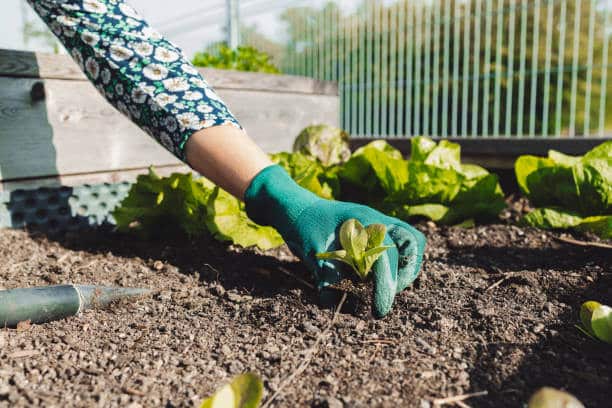


What to do if rust has already appeared?
If you have detected that rust has already made its presence felt in your garden, don’t worry, you can still take effective measures by focusing on ecological solutions that will allow you to maintain a healthy garden without compromising the environment.
- Remove infected leaves. If you have already noticed rust spots on some leaves, it is best to remove them to prevent the fungus from spreading. Be sure to dispose of them properly and never add them to compost or bokashi, as this could spread the spores and expand the infection.
- Improves ventilation and reduces humidity. As mentioned above, this step is very important to prevent the development of this fungus. However, if you have already detected that there is infection, once the affected leaves have been removed, evaluate the design of your orchard. Correcting these factors will help prevent the fungus from developing further.
- Strengthens soil health. Healthy soil is the foundation for stronger, more resilient plants. Provide well-decomposed compost, worm castings or natural ferments rich in beneficial microorganisms that help balance the soil’s microbial ecosystem. A balanced environment makes it more difficult for pathogens such as rust to proliferate.
- Accompany with allied plants. Incorporate plants that help regulate humidity and attract beneficial insects, such as marigold or borage. You can also plant species that have natural antifungal properties, such as thyme, near the affected areas.
- Spray the leaves with LAB. LAB does not kill the fungus, but it reproduces so rapidly that it creates a film on the leaves that makes it difficult for the spores to settle.
- For severe cases, use a preparation with potassium soap and Neem oil. Keep in mind that this is a biocide, even though it is considered ecological, it kills many useful species, so we only apply it on trees without flowering, since at that time there will be less life in them. Always use it with care and knowing that you can cause damage to the environment.
In short, constant observation, active prevention and a conscious response when the problem appears are our best tools to protect our plants without resorting to aggressive solutions. By choosing sustainable ways, we strengthen not only the health of our crops, but also that of the ecosystem that surrounds them, creating a stronger, more balanced and lively garden.
Even so, here are some recommendations that we think may be useful for you to act against this fungus:
🌱 Borage seeds
A basic for attracting bees, improving biodiversity and enjoying edible flowers and leaves.
👉 View on Amazon🌱 Thyme seeds
Easy to plant, ideal for cooking, attracting pollinators and protecting crops.
👉 View on Amazon
